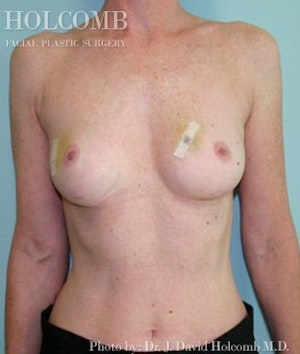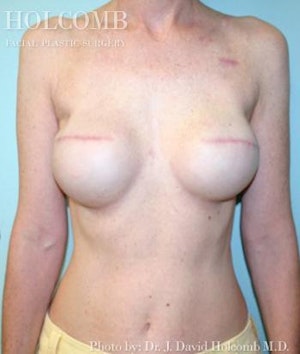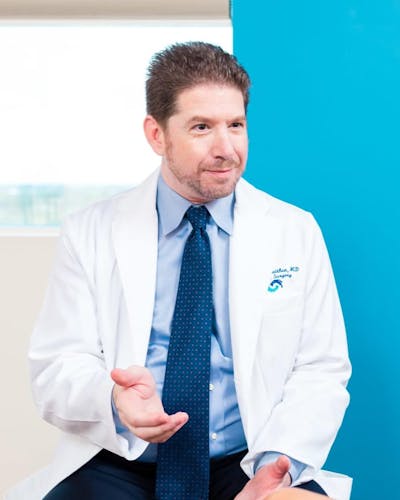Breast Reconstruction in Sarasota and Tampa
After a woman has had a mastectomy, the appearance of her breasts can have a very serious effect on her self-confidence and how she feels about her own femininity. The decision to undergo breast reconstruction surgery to rebuild the breast(s) after a mastectomy is a personal choice that will depend on each specific woman, and if you are in the Sarasota and Tampa area and decide that a breast reconstruction procedure is right for you, we are here to help.




